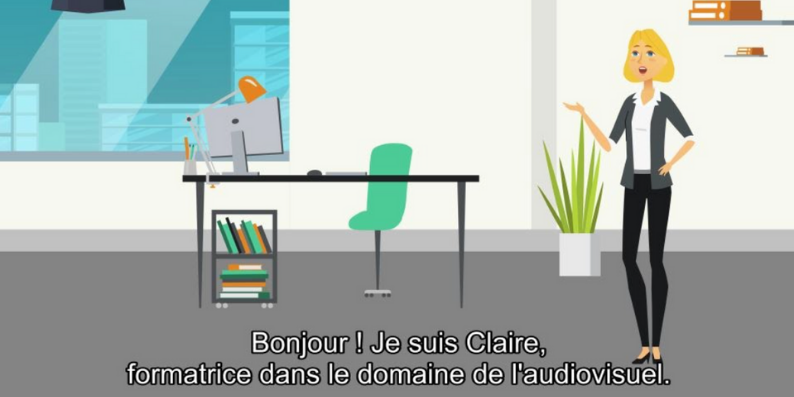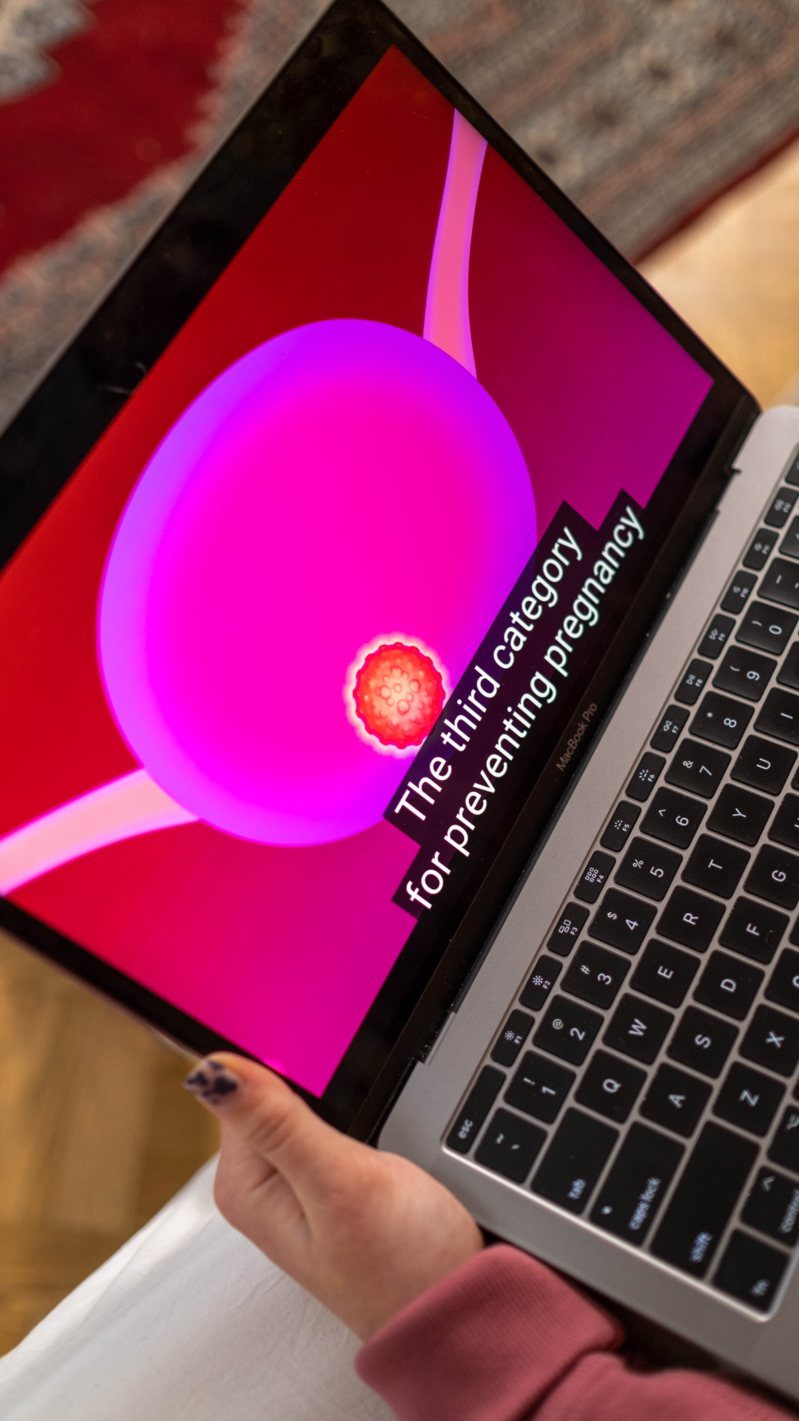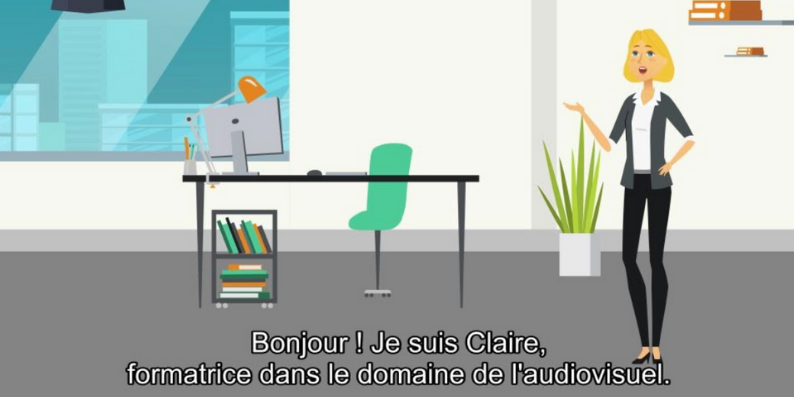Synchronisation of subtitles

Adding, editing, synchronising and calibrating subtitles in videos is a complex process. Whether it’s for marketing videos or otherwise, subtitling is an art…! Since subtitling a video serves more and more different purposes, it requires a certain expertise. At Authôt, subtitling and subtitle synchronisation are among our specialities! So here we share with you our view on this subject.
Subtitles: essential in the audiovisual sector
Foremost, what are subtitles? What does subtitling videos involve? In a few words, subtitles are textual projections at the bottom of the image corresponding to the dialogue of a film or a TV show.
The process that creates these specific types of content textually and technically is called subtitling. According to Wikipedia, subtitling « is a technique related to audiovisual content, particularly cinematographic content, consisting of the display of text at the bottom of the image when a programme is broadcast ». Today, this process is accelerating, subtitles are essential in audiovisuals! Being able to follow the story while reading is essential to the success of a broadcast.
In concrete terms, creating and integrating subtitles into a video – whatever the subject – meets several objectives and challenges:
- be accessible to people with hearing impairments;
- be able to translate content textually and make it available internationally;
- follow the story and the dialogues, without having to put on the sound;
- be able to follow the story better in case of cognitive gaps, etc…
Thus, not only do subtitles allow for better broadcasting, but they also respond to consumption habits, disabilities… Good subtitling is therefore necessary to respond to these different needs, not to lose professionalism… It’s all about technical expertise!
Quality subtitling
To achieve quality subtitling, there are certain procedures and terms that must be known and mastered. So, what are the stages of subtitling? What do they consist of?
1) Transcription of the original dialogue – in some translation companies.
2) The spotting stage – defining the time codes of future subtitles. This can be done before the subtitles are translated and by a third party. The translator or subtitle writer will only have to fill in the empty subtitles that have already been placed.
3) The translation of the original dialogue into the empty subtitles according to the requested subtitling standards. If there was no spotting step, the translator starts from scratch to create the subtitle file. The subtitling charts vary from one agency or client to another, but they are more or less the same: 12 CPS (characters per second), approximately 35 CPL (characters per line), including spaces and punctuation, etc.
4) Simulation: the translator, technician and client look at the subtitled file to make any corrections before the subtitles are validated.

Subtitling is a profession
As you can see, subtitling is quite a job…! The person whose job it is, is called a « subtitler« . In fact, as subtitling is initially used to understand the oral content of a video, a subtitler is a professional who makes this content accessible in writing. He or she takes the original version of an audiovisual work – for example, a film in English – and creates an adaptation in the target language – for example, in French. This adaptation will be considered the official version and will be protected by copyright. So, for example, for a film that will soon be released in French cinemas, the subtitle author must make a VOSTFR version: which implies a translation.
Subtitles, subtitle writers and synchronisers
Please note that a « subtitle writer » is different from the « synchroniser » job we have at Authôt! In fact, subtitle writers focus on works that are actually audiovisual – cinema, films, TV series. Their adaptation – translation – is registered with SACEM and is subject to copyright. Subtitle authors produce their subtitles entirely, or based on the location scouting done beforehand.
At Authôt, we call them « synchronisers » because we synchronise an automatic export created by the Authôt application. The synchronisers working with Authôt deliver their « rights » on the files and remain anonymous – the subtitles are made by Authôt. There is no tracking step, since Authôt’s artificial intelligence does most of the work.
As a result, the subtitle synchroniser takes care of the technical part of the subtitling: cutting the subtitle, defining the appearance and disappearance times codes. The textual part of the subtitle file is done by a third party: a validator if the subtitles are in the same language as the video file, and a native translator if the subtitles are translated.
Authôt synchronisation
At Authôt, within our subtitling department, we are specialists in synchronisation. Our technical team manually reworks the subtitles in order to correctly calibrate them to your videos. Once the process is completed, we send you the subtitle file in the desired format: .srt, .vtt or .ass. or .mp4, if you want us to embed the subtitles directly on your video file.
Here are the steps involved in subtitling at Authôt:
1) Transcription of the original dialogues of the file by native proofreaders.
2) The Authôt application creates an automatic subtitle file: it transforms the transcribed text into a subtitle file. Thanks to speech-text alignment, the Authôt application cuts out segments of sentences into subtitles and automatically assigns time codes to them.
3) Synchronisers manually rework the automatic export to obtain quality subtitles. The artificial intelligence cannot understand the meaning of the sentences and therefore creates subtitles that are not very pleasant to read: it can only cut up the sentences automatically and create automatic time codes for these segments.
4) If the target language is different from the source file: the translation is done by a native translator who guarantees the quality of the translation. Our translators are experts in subtitling: the translation will be perfectly integrated into the subtitle file.
5) Embedding of the subtitles or delivery of the subtitle file.
Since Authôt does not work on audiovisual works, but on conferences, tutorials, broadcasts and interviews, we do not have the same subtitling standards or the same rates. Our synchronisers can create translated subtitles, but they mainly create subtitles for unilingual projects.

Professional and attractive subtitle synchronisation
Therefore, choosing Authôt to subtitle videos is interesting because the synchronisation is different, there are fewer instructions – and therefore the prices are also more attractive! All our synchronisers follow a set of guidelines to ensure that the subtitles meet your expectations. If you don’t have any specific guidelines, these are the ones that will be applied:
- 40 characters per line (CPL) maximum (spaces and punctuation not included)
- 20-22 characters per second (CPS) maximum
- 2 lines of subtitles maximum, with a manually placed line break
- shot changes not taken into account
Example: Here is an example of a subtitle to illustrate the instructions. → 51 characters
In an Authôt subtitle file, this sentence would appear as:
- Here is an example of a subtitle (26 CPL)
- To illustrate the instructions. (25 CPL)
→ On two lines, with a judiciously chosen line break.
We hope that you will have a better understanding of the other side of the subtitling coin, and in particular the synchronisation of subtitles…! Experienced and multilingual, our Authôt team is here to support all your audiovisual projects in the best possible conditions! If you are a freelancer, if you have your own company, if you love audiovisuals and technology and if you master several languages, you have the ideal profile to join the Authôt subtitling team! Don’t hesitate to follow our subtitling training course!
Authôt. You speak. We write.